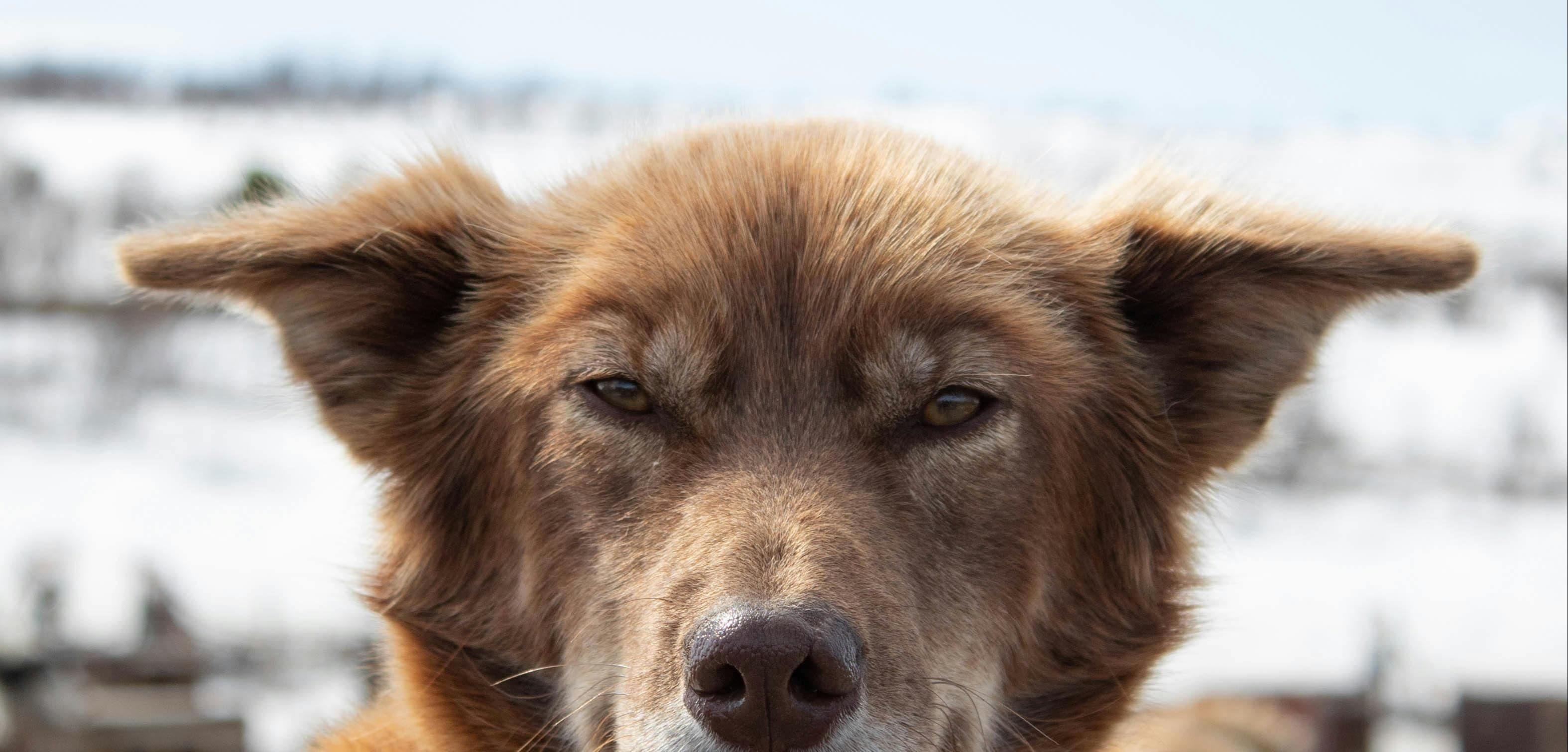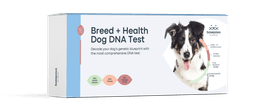Life with a deaf dog is challenging at first. Yet it can be turned around into a rewarding situation. With the right strategies, your dog can thrive. These involve small adjustments to your routine, home and training methods. A deaf dog can lead a healthy life when you show patience and understanding. The bond you share will only grow stronger.
Understanding Deafness in Dogs
They may be deaf when they enter this world. Or it may develop later in life as well. A canine may be deaf at the time of birth. Later on certain factors can cause deafness. Age, injury, or illness are all possible contributors. The first thing you need to do is find out why the canine can’t hear. This paves the way for the best care provision for a pup.
Causes of Deafness in Dogs
Congenital deafness is present from birth, hence the name. Dalmatians and cocker spaniels often suffer from this. Age-related hearing loss can happen in dogs when they reach old age. Sudden canine deafness can also occur. An ear infection or trauma can be behind it. Loud noises also result in temporary or permanent hearing impairment. Deafness may be a result of a neurological disorder in some rare cases. PetMD also lists systemic illnesses as probable cause of deafness in canines.
Diagnosing Deafness in Dogs
Simple tests can confirm whether your dog can hear or not. A common method is the “startle test.” Make a loud noise near your dog’s head. Hearing loss will become obvious when they do not react. A veterinary exam is the best way to know for sure. The Brainstem Auditory Evoked Response (BAER) is a good hearing test. Some dogs with hearing aids can lead a normal life. Sadly, not all dogs can benefit from this option though.
Adapting Your Home for a Deaf Dog
Safety Considerations
Being deaf means they are not always aware of their surroundings. This often puts them in harm’s way. When you are outdoors, keep them on the leash. This will avoid potential dangers like traffic. Help your dog navigate safely when inside the home. It is best not to leave them in areas where they might get hurt.
Visual Cues and Modifications
As explained by VCA Animal Hospitals, deaf dogs can train just as well as normal ones. They just rely heavily on their vision and sense of smell. Consider using bright colored objects or lights to get their attention. You can also create specific visual cues in your home. Tap on the floor to signal your dog’s attention. Furniture should not be in the way. Arrange it in a way that the canine can move around easily.
Creating a Comfortable, Consistent Environment
Consistency is key when living with a deaf dog. Create a calm environment where routines are predictable. This helps reduce anxiety for your dog. Keep noise levels low and offer a quiet, safe space where they can retreat if they need to relax.
Communicating with a Deaf Dog
Using Hand Signals and Body Language
Hand signals are the most effective ways to communicate. Start by associating simple gestures with specific actions. Practice this with “sit” or “stay.” Use clear and consistent movements. Reinforce these signals with positive rewards like treats. Over time, your pooch will learn to associate the gestures with their meanings.
Training with Positive Reinforcement
Positive reinforcement works like magic when training a deaf dog. As soon as they follow a command, reward your dog. Treats or praise work well to reinforce good behavior.
Establishing Eye Contact and Building Trust
Dogs and deafness means they rely on visual cues. Making eye contact is vital. Use your dog’s name or a signal to get their attention before giving a command. This helps establish trust and makes communication smoother. Building a bond with a deaf dog through eye contact also deepens your relationship.
Training Tips for Deaf Dogs
Essential Commands for Deaf Dogs
Hearing impaired dog training is tough. Yet it is not impossible. Start with basic commands like “sit,” “stay,” and “come.” Use hand signals. Reward your dog immediately after they perform the behavior. It may take more repetition than with a hearing dog. The good thing is that deaf dogs are intelligent and quick learners.
Using Vibrations and Touch as Signals
Vibrations and touch can be effective training tools. Gently tapping your dog on the shoulder or body can get their attention. For recall training, you might use a vibration collar. This will send a gentle buzz to alert them. Make sure the vibration is mild, not startling. Always pair it with positive reinforcement.
Socialization and Interacting with Other Dogs and People
Deaf dogs still benefit from socialization. Gradually introduce them to other dogs and people. Use visual cues to get their attention before approaching. Socialization helps prevent behavioral issues. It also fosters a well-rounded and confident dog.
Keeping a Deaf Dog Safe Outdoors
Leash Training and Recall Techniques
Deaf dogs can’t hear you calling them. Train them to respond to visual cues. A reliable recall command can be established with a hand signal. Practice in a secure, enclosed area before venturing outdoors. Always keep your dog on a leash when training. When off-leash, do it in a safe, fenced space. This prevents them from wandering off.
Using GPS Collars and ID Tags
Tracking your dog’s location with GPS collars is sensible. This is especially important if you take your deaf dog to parks or areas without fences. Put proper ID tags with your contact information. Others can help them return home if the pup ever gets separated from you.
Outdoor Activities That Are Safe and Enjoyable for Deaf Dogs
Deaf dogs can still enjoy outdoor activities. Hiking, swimming and playing fetch are great for them. Since they are not able to hear potential threats, just be sure to keep an eye on them at all times. Approaching wildlife or other dogs might be risky.
Common Challenges and How to Overcome Them
Understanding the challenges that come with caring for a deaf dog can help you address them. Deaf dogs may become startled more easily. This is especially true if they’re approached from behind. Use visual signals to alert them of your presence. Another challenge is that some deaf dogs may be more anxious or fearful. This is because they can’t hear normal household sounds. Gradually expose them to different environments and routines.
Frequently Asked Questions
How do you test a dog for hearing loss? You can perform a “startle test” by making a loud noise near your dog. If they don’t react, they may be deaf. A veterinary hearing test (BAER) is the most accurate method.
What should people know about owning a deaf dog? Deaf dogs need visual cues. A consistent routine and extra safety precautions go a long way.
How do you communicate with a deaf dog? Use hand signals and body language. Eye contact is important. Positive reinforcement helps strengthen these communications.
How should I wake up a deaf dog? Gently tap them on the body or use a visual cue. This can be simply turning on a light. Avoid sudden movements that may startle them.



